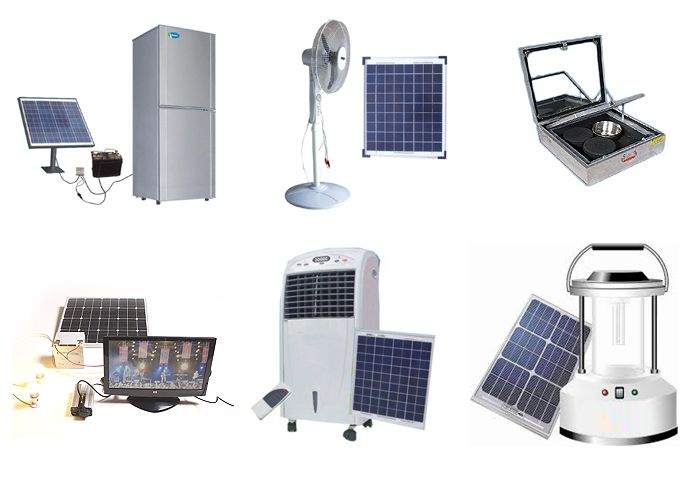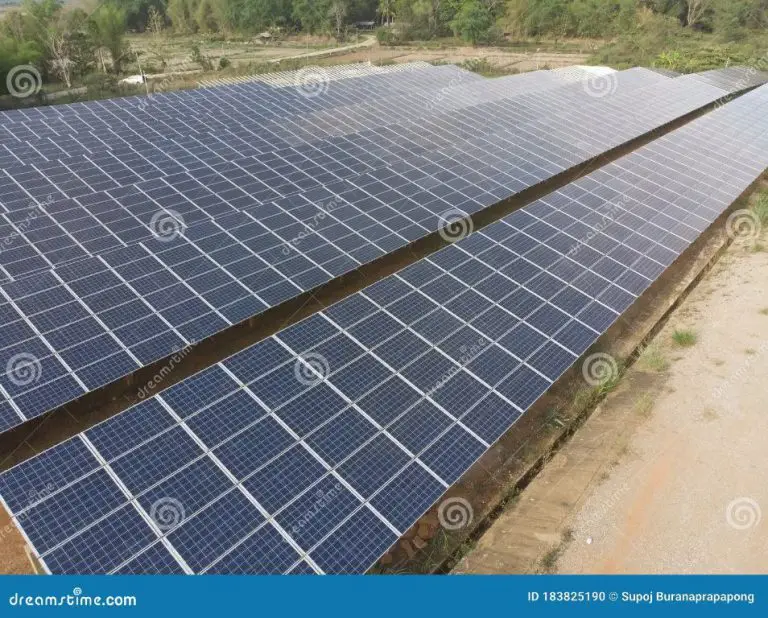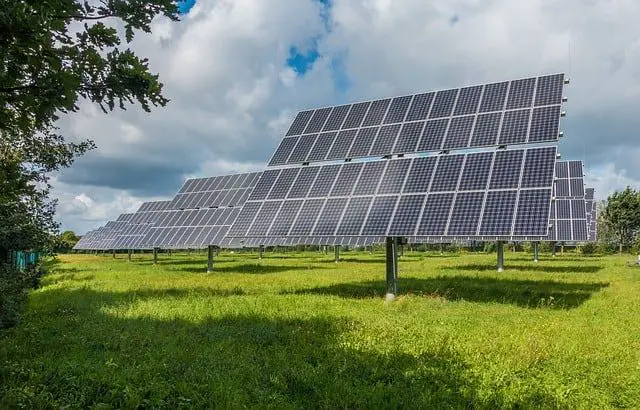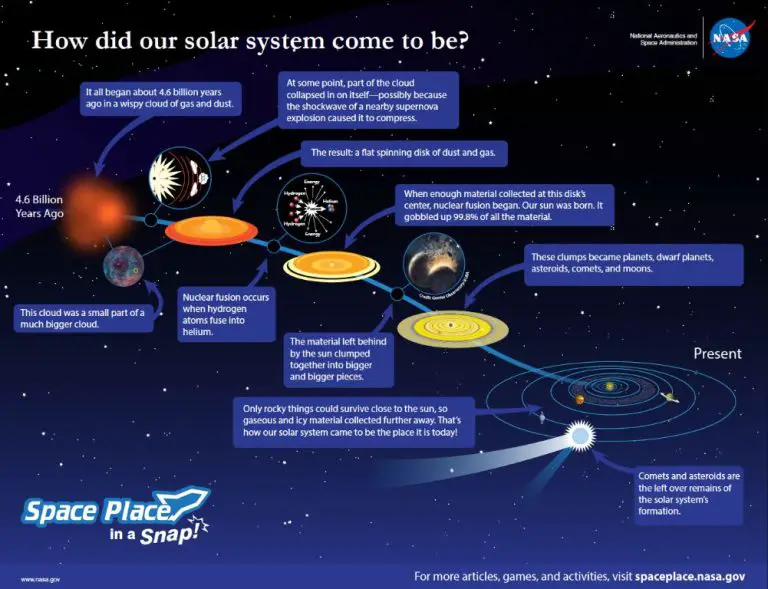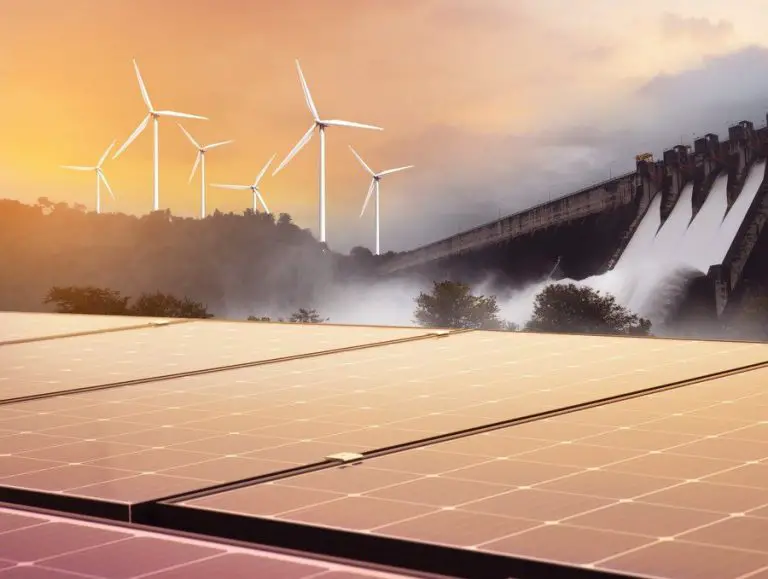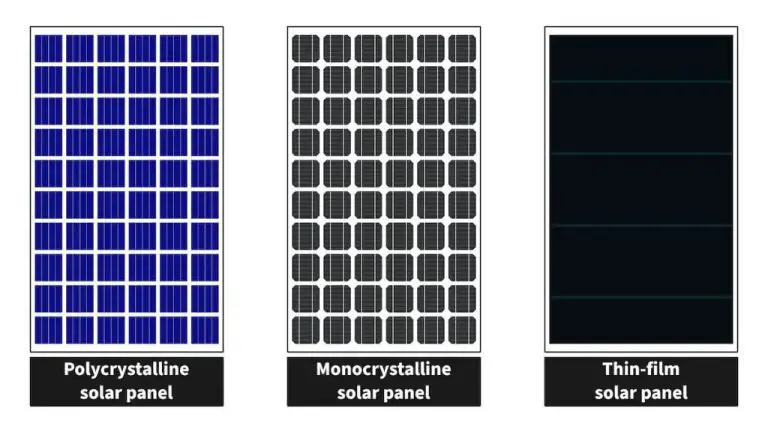What Are The Two 2 Major Categories For Solar Energy?
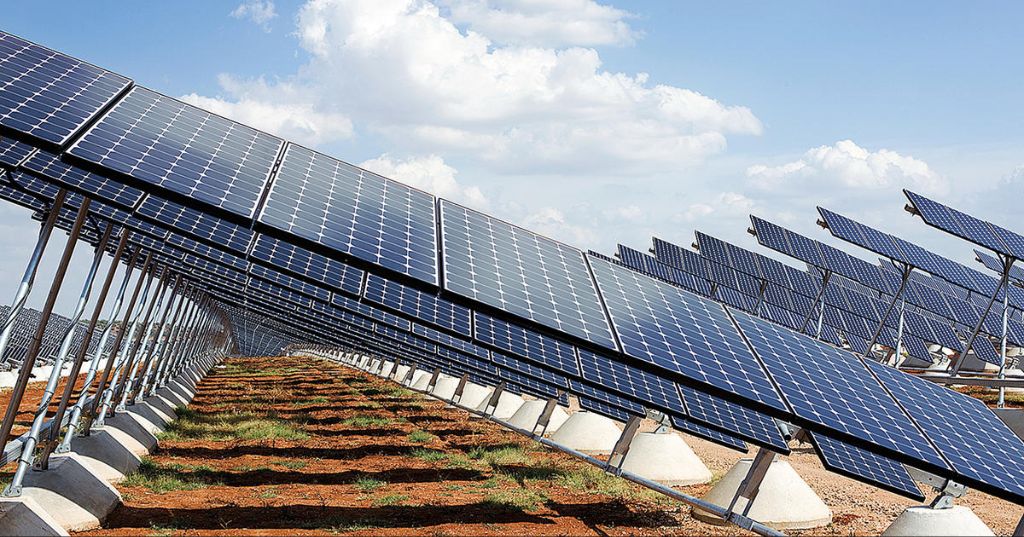
Did you know that more energy from the sun hits the Earth in one hour than the entire human population uses in an entire year? Solar energy has enormous potential as a renewable and clean energy source. The aim of this article is to discuss the two major categories for harnessing solar power: photovoltaics and concentrated solar power.
We’ll provide an overview of how each type of solar energy system works, key applications, growth and adoption rates, challenges, and the future outlook. You’ll learn the main pros and cons of photovoltaic panels and concentrated solar plants to understand why both play an important role. Whether you want to power a single device or meet the energy demands of a city, solar energy can be part of the solution.
By the end, you’ll have a solid understanding of the two major approaches to solar power generation and their best uses.
Photovoltaics
Photovoltaics (PV) refers to the conversion of sunlight directly into electricity using semiconducting materials that exhibit the photovoltaic effect. Photovoltaic cells, commonly known as solar cells, are made of semiconductor materials like silicon and convert sunlight into direct current electricity through the photovoltaic effect.
PV cells are made up of one or two layers of semiconducting material, typically silicon. When sunlight hits the cell, photons from the sunlight excite electrons in the semiconductor material, causing them to break free from their atoms. This generates charge carriers of free electrons and positively charged “holes”. The built-in electric field of the PV cell separates the positive and negative charges, creating an electric current that can be captured and used as electricity.
There are three main types of PV cells: crystalline silicon, thin-film, and organic PV cells. Crystalline silicon cells are the most common and efficient, made from single crystal or multi-crystalline silicon wafers. Thin film cells use very thin layers of photosensitive materials like amorphous silicon, cadmium telluride, or copper indium gallium selenide. Organic PV uses organic semiconductors like organic dyes or polymers.
The key advantages of photovoltaics are:1
- Generate electricity directly from sunlight without any moving parts or noise
- Modular system that can be scaled up or down
- Low maintenance and long lifespan with minimal degradation
- Can be integrated into buildings and structures
The main disadvantages are:2
- Relatively high costs compared to conventional sources
- Low sunlight conversion efficiency, usually 15-20% for crystalline silicon cells
- Intermittent power generation dependent on sunlight
- Require inverters to convert DC to AC electricity
Concentrated Solar Power
Concentrated solar power (CSP) systems use mirrors or lenses to concentrate sunlight onto a small area to generate heat, which is then used to produce electricity. Unlike photovoltaics that directly convert sunlight into electricity, CSP uses the heat from concentrated sunlight to drive a thermal power process.
CSP plants use mirrors to reflect and concentrate sunlight onto receivers that collect solar energy and convert it to heat. This thermal energy can then heat a fluid like synthetic oil, molten salt, or compressed air to extremely high temperatures up to 1000°F. The hot fluid is used to boil water to power a steam turbine that generates electricity in a similar way to conventional power plants.
There are four main types of CSP technologies:
- Parabolic trough systems use curved, U-shaped mirrors to focus sunlight on a receiver tube running along the focal point of the trough.
- Power tower systems use a large field of flat, movable mirrors (heliostats) to focus and concentrate sunlight onto a central receiver tower.
- Parabolic dish systems use dish-shaped mirrors to reflect and concentrate sunlight onto a receiver at the focal point of the dish. These modular systems track the sun in two axes to ensure high concentrations of solar flux.
- Linear Fresnel reflector systems use long, thin segments of flat mirrors mounted at different angles to concentrate sunlight onto elevated receivers.
Some key advantages of CSP include the ability to readily incorporate cheap and efficient thermal storage, allowing electricity production to be dispatched on demand. CSP systems also use conventional steam turbine generators, making the technology easily integrated with traditional power plants. However, CSP requires very high direct solar irradiation and large collector fields, limiting suitable sites. Maintaining the mirrors also requires large amounts of water for cleaning. Overall, CSP represents a unique solar technology capable of providing renewable power, storage, and grid reliability services (Source).
Photovoltaic Applications
Photovoltaic cells and panels have many applications in real-world settings. Some of the most common uses are in residential and commercial solar panels for electricity generation. PV panels on rooftops are becoming an increasingly popular way to produce renewable energy for homes and businesses (www.researchgate.net). Other widespread uses of photovoltaics include solar-powered calculators, road signs, water pumps, and small consumer electronics. PV cells are a reliable and versatile power source in remote locations where there is no access to an electric grid, such as for off-grid homes, communications equipment, and road signs.
There are also large-scale PV installations generating hundreds of megawatts of electricity. Some examples are the Topaz Solar Farm in California with a 550 MW capacity and the Longyangxia Dam Solar Park in China which generates 850 MW (www.mdpi.com). These utility-scale installations help meet electricity demand and reduce reliance on fossil fuels. Overall, photovoltaic technology provides climate-friendly energy in diverse applications ranging from tiny gadgets and appliances, to large solar farms powering communities.
Concentrated Solar Power Applications
Concentrated solar power is used for utility-scale electricity generation. Large CSP projects can generate hundreds of megawatts of power and provide electricity to tens of thousands of homes. Some major CSP plants include the Ivanpah Solar Electric Generating System in California, which has a capacity of 392 MW, and the Noor Concentrated Solar Power complex in Morocco, which will provide over 500 MW of power when fully completed.
CSP is also used for decentralized, small-scale power generation and cogeneration applications. Parabolic trough collectors are commonly used for solar water heating at facilities like hotels and hospitals. Linear Fresnel reflector systems can provide steam for industrial processes. Dish Stirling engines have been tested for off-grid electricity and water pumping applications.
One key advantage of CSP compared to photovoltaics is the ability to readily incorporate thermal energy storage, allowing electricity production to continue even when the sun isn’t shining. CSP with storage can provide dispatchable, on-demand power and better integrate with electrical grids.
Growth and Adoption
The adoption of solar energy, including both photovoltaics and concentrated solar power, has grown exponentially over the past decade. According to Solar Energy Growth Statistics published in 2022, global solar PV installations reached 173 GW in 2021, a 23% increase from 2020. This brought total global solar PV capacity to over 1,000 GW. The largest market continues to be China, which installed 54.9 GW of solar PV in 2021 and now has over 308 GW of total installed capacity.
Multiple factors are driving the rapid growth in solar adoption globally. As costs have fallen dramatically, solar has become increasingly cost competitive with conventional power sources. Government incentives and policy support, such as renewable portfolio standards, tax credits, and feed-in tariffs, have also boosted growth. In addition, companies and consumers are increasingly opting for solar due to environmental concerns and the desire for energy independence.
The solar market has grown rapidly in emerging economies as well. According to Solar Power Statistics in Latin America published in 2019, the region installed over 2 GW of solar capacity in 2018, more than double the amount installed in 2017. Countries such as Mexico, Brazil, and Chile are leading adoption in the region. Falling prices, renewable energy auctions, and distributed generation policies are key drivers in these markets.
Challenges
While solar power holds great potential, there remain challenges that impact wider adoption and growth of both photovoltaics (PV) and concentrated solar power (CSP). Some key challenges include:
Costs: The upfront costs of building large-scale solar farms can be prohibitive. PV panels and CSP technologies like mirrors, towers, and thermal storage add substantial capital costs compared to fossil fuel plants (1).
Storage: Solar power output fluctuates based on weather and time of day. Effective storage solutions are needed to provide reliable baseload power, but storage adds further costs (2). CSP with thermal storage provides some storage capabilities.
Efficiency: Most commercial PV solar cells have efficiencies around 15-20%. There are laboratory demonstrations of higher efficiency designs, but commercialization remains limited (3).
Land usage: PV and CSP plants require large plots of land in sunny, unshaded locations. Availability and conflicts over land usage can constrain growth in some regions.
Overall, CSP faces greater challenges with efficiency, operational costs, and thermal storage capabilities compared to PV. But both forms of solar power face challenges with upfront costs, storage, transmission infrastructure, and land constraints that impact adoption and scalability (1,2). Ongoing research and development aims to improve performance and cost-effectiveness.
(1) https://www.nature.com/articles/s41893-021-00845-w
(2) https://medium.com/@theangineer/concentrated-solar-power-challenges-and-opportunities-b26324e2c251
(3) https://www.esa.int/Enabling_Support/Preparing_for_the_Future/Discovery_and_Preparation/Help_ESA_research_key_space-based_solar_power_challenges
Future Outlook
The future looks bright for both photovoltaics and concentrated solar power. Experts predict that solar will continue to expand as costs drop and efficiency improves. The International Energy Agency projects that solar PV capacity could reach over 4700 GW worldwide by 2050, providing up to 13% of global electricity production. Concentrated solar power could see over 1200 GW of capacity by 2050.
There are several innovations that could make solar technologies even more efficient and cost-effective. For photovoltaics, advanced materials like perovskites and organic PV cells show potential to push efficiency beyond traditional limits. companies are also developing improved manufacturing techniques to reduce silicon waste. New solar cell designs, like thin-film tandem cells, can capture more of the solar spectrum. For CSP, increased use of thermal energy storage allows plants to provide power day and night. Hybrid CSP/PV plants are also being tested to combine the benefits of both technologies.
Overall, continued declines in cost along with technology improvements will allow solar PV and CSP to play major roles in the global transition toward renewable energy. However, policies and investment to support innovation and infrastructure will be needed to realize the full potential.
Key Takeaways
The two major categories for solar energy are photovoltaics and concentrated solar power. Photovoltaics convert sunlight directly into electricity using solar cells made of silicon semiconductors. The main advantages of photovoltaics are modularity, low maintenance, and reduction of carbon emissions. The disadvantages are relatively low sunlight-to-electricity conversion efficiency and high upfront costs. Concentrated solar power uses lenses or mirrors to concentrate sunlight to drive traditional steam turbines and generate electricity. The advantages of this approach are the ability to store thermal energy and the use of more conventional power plant technology. The disadvantages are requirement of direct sunlight, large land area, and water usage for cooling.
Looking ahead, solar energy will continue to play an important role in the global shift towards renewable energy. Improvements in photovoltaic efficiency and cost reductions driven by scaling have made it the predominant solar technology today. Concentrated solar may find niche applications in solar thermal storage. Overall, the modularity and sustainability benefits of solar power position it well as a complement to wind energy and part of a distributed, low carbon energy system.
Additional Resources
There are many places to find additional information about solar energy and its applications:
- Solar Energy Industries Association – Trade association with news, resources and information about solar technology and adoption.
- National Renewable Energy Laboratory Solar Research – Research reports, data and tools from the leading U.S. solar energy research institution.
- U.S. Department of Energy Solar Energy Technologies Office – Government initiative advancing solar technology and adoption.
- Solar Power World – Solar industry news, trends and resources.
- Greentech Media Solar Coverage – Market analysis, research and news about the solar industry.
With abundant resources available, there are plenty of opportunities to continue learning about how solar energy is transforming our energy systems.

